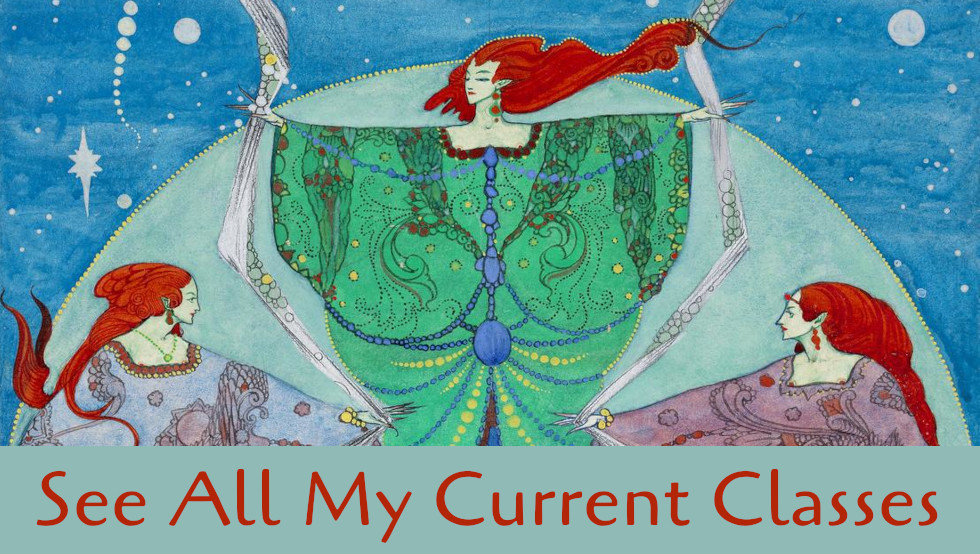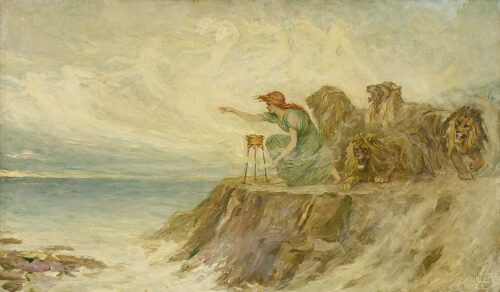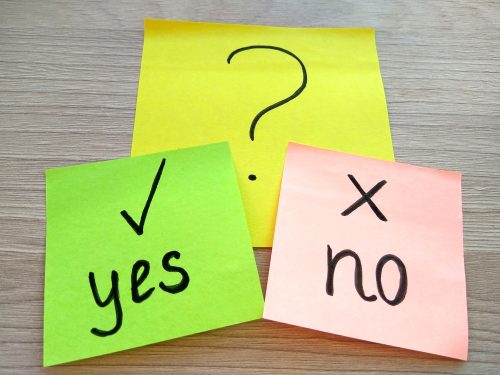It was nearing the end of the day at the Isis Books psychic fair this month when someone I knew from the store sat at my table. “I am overcome with the urge to buy a tarot deck and I was told I needed to come to you” she said. She wanted to know if she could read for herself, what kind of deck to get and if she would need a book on how to use it.
I gave her my usual answers: yes, you can definitely read for yourself; get any illustrated tarot deck that appeals to you and that has pictures that mean something to you. And then something happened. Instead of heaving a deep sigh and saying, get Eden Gray’s book or anything by Mary Greer, I actually told her what I really thought. “The best way to learn tarot is the way I teach it and there are no books out there that teach it just the way I do.”
Then I told her the best way to learn tarot.

I spread out the cards of the Legacy of the Divine by Ciro Marchetti, which is currently my main go-to client deck. I pointed out how all the cards had illustrations on them. Then I said, these are just pictures in a story book. All you have to do is tell the story. The best way to learn is to sit down with your deck every night (or every morning and do this exercise about the day before) and pick out some cards to tell the story of what you did that day. Don’t pull random cards—this exercise is not done by having the card backs facing you and cutting the deck to select random cards. Instead, turn the deck over, look at the images on the cards, and based on the illustrations choose the cards that most accurately describe your day. You’re looking for actions, people, moods, and environments. Don’t get caught up in just one of these—a lot of beginning tarot readers get caught up in the mood of the card or how it makes them feel. This is a start and important to be aware of, but we’re looking for specifics. Finding actions in the cards gives you the broad strokes of the story (the plot), while the mood, environment and people round out the details.
I pulled out some cards—the Ten of Wands showed a man crawling through the underbrush on his belly, military style, with ten wands strapped to his back. I said, yesterday I worked really hard and was worn out. Then I picked up the Four of Swords, which showed a man asleep on the hilts of four swords, a blanket over him. I said, I went to bed early because I was so tired. The Nine of Cups caught my eye—nine different styles and sizes of glass goblets surrounded by fruit, but no people. The card made me feel lonely. I said, I had to cancel plans to hang with friends.
Although you can do what I did and just look through the deck until an image reminds you of something that happened to you, I think it can be a good exercise to first write down the story you want to tell or the particular incident you want to describe and break it down into 3-5 steps. Then look through the deck for a card to describe each step.
If you do this every day for a period of time, you will learn the images on the cards in your deck, you will understand how those images can fit together to tell stories, and you will see the variety of expression in each card—how each card meaning changes when placed in context of the other cards in the story. Then, when you need to do a reading for yourself, you can ask your question, shuffle and cut the deck and randomly draw three cards—and these cards now have a rich history of communicating the events of your life, so they readily speak to you. This kind of reading is called prognostication or fortunetelling, and is one of the amazing and magical benefits of the tarot cards—they can help you see what stories are playing out in your life.
Once I was reading at a street fair with another reader. He called out to someone passing and the person replied, No thanks, I’m the driver in my life. Exactly, I thought. And I don’t suppose you ever use a map. Good luck finding your way around unfamiliar territory! The tarot gives us a map of what’s coming up, and for centuries before the advent of Google Maps, it had the ability to tell us if traffic was bad at a particular time of day or if there was road construction or if the destination we were heading to was closed. Just like using a map, knowing this information ahead of time provides clarity about what you might encounter so that you can best plan your route.








